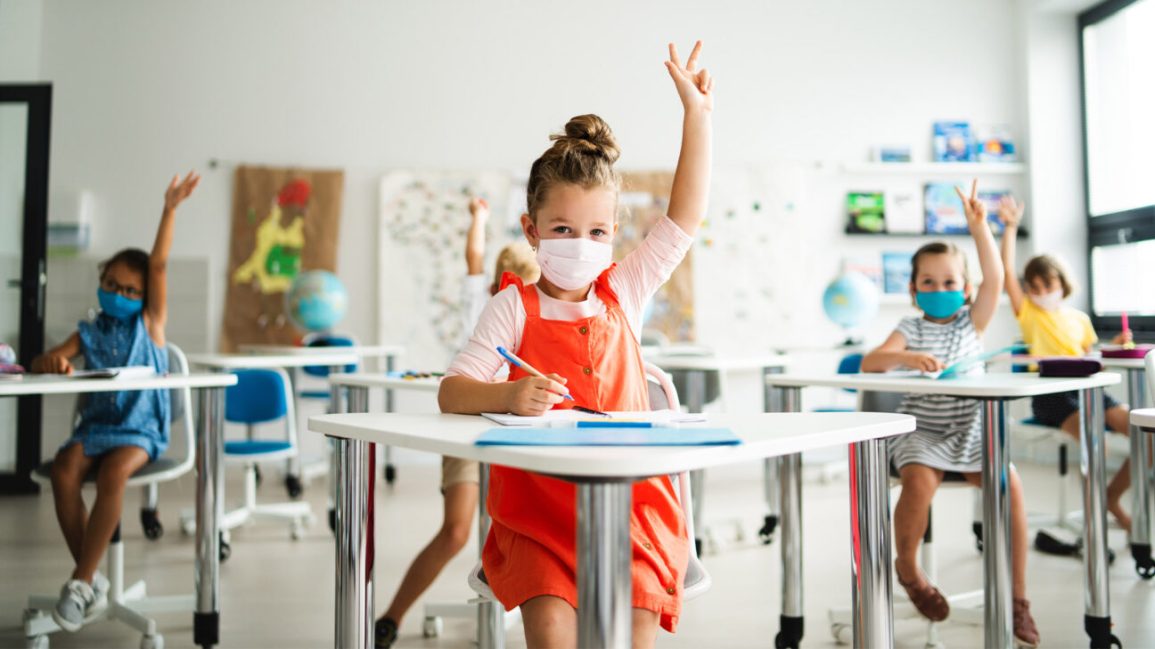
How Teachers Are Keeping the Classroom Safe During Covid by Craig Middleton explains what teachers are doing to make classrooms and learning as safe as possible. After reading this check with your school to see what they are doing to maximize your child’s safety. Thanks, Craig.
Introduction
- Although the COVID-19 pandemic has not gone away, many parents are wanting their children to go back to school so that life can get back to normal to some degree. If you feel it is in the best interest of your child to return to school, but feel conflicted about sending them back while the virus is still going on, it’s important to understand that you are not alone. Learn more about the different ways that teachers are taking back the classroom and keeping students safe while ensuring they get the same quality of learning.
Sanitizing Frequently
- Many teachers are taking the time to clean before and after each class, using a sanitizing spray such as Lysol, and encouraging students to use hand sanitizer as often as necessary. Sanitizing techniques and using best practices when there is no soap and water available isn’t foolproof, but they ensure that students and the surfaces they touch are getting the chance to have access to cleaning materials on a regular basis.
Spacing as Much as Possible
- A distance of 6 feet has been suggested as a safe distance to ensure the virus doesn’t spread through talking or other types of transmission. Using spacing in classrooms can give teachers and students personal space to focus on what they are working on while ensuring that outbreaks are kept to a minimum. In classrooms where this type of spacing is not possible, many teachers are still making a point to create more distance than normal. Although this manner cannot entirely prevent contamination issues, it can help rather than doing nothing at all.
Having Smaller Classrooms
- Smaller classrooms are another way that teachers are helping to reduce the spread of COVID-19 while focusing on the needs of their students. By having a smaller classroom, it can be easier to teach and help students understand the material than trying to get several different students of various learning levels to understand what is going on. Small classrooms can make it easier to figure out where a case of the virus originated from, and in general, allow for greater control while working with the differing needs of a classroom.
Using Masks For Protection
- Although masks might not be preferred when it comes to seeing people’s faces and learning at the same time, they can help reduce the spread of COVID-19. If someone sneezes, the mask can contain the droplets that would otherwise be spread. The same goes for coughing, speaking, and other ways of accidentally transmitting germs. Masks are helpful at reducing the viral load, so students that wear them can feel safer even if they have to sit in an enclosed classroom and focus on their studies. Teachers who wear masks can set a good example for their students and help them feel as supported as possible. (Doug: Also ask your school what they have done to make sure their ventilation system is highly effective. You should also ask if they keep windows open and run classes outdoors when possible.)
Offering Blended Learning
- Blended learning involves some time in the classroom with a portion of that time being spent learning virtually or remotely at home. Many schools are offering students and parents options, such as a rugged tablet that can withstand a variety of environments. Blended learning can help students get additional time to focus on what they are studying, and it might be useful as a way for parents to remain involved in what their child is learning.
Conclusion
- Although it is understandable to have hesitation when sending your child back to school, many teachers are taking it upon themselves to make the classroom as safe as possible. Using different sanitization methods along with incorporating distance and having smaller classrooms have become common practices at many schools across the country. Many teachers and school districts are requiring masks, and blended learning has become a popular choice for students and their families alike. Although these are not fail-proof methods, they can greatly help in reducing the overall spread of COVID-19 in your community while giving your student the chance to have a normal life again.
Craig Middleton
- Craig is a New York City-based retired business consultant, who is an expert in education and cultural trends. He has a Masters of Business Administration and a Masters in Education from St. Johns and loves sharing his knowledge on the side through his writing. If you have any questions or comments you can direct them to Craig at craigmiddleton18@gmail.com.
DrDougGreen.com If you like the summary, buy the book





